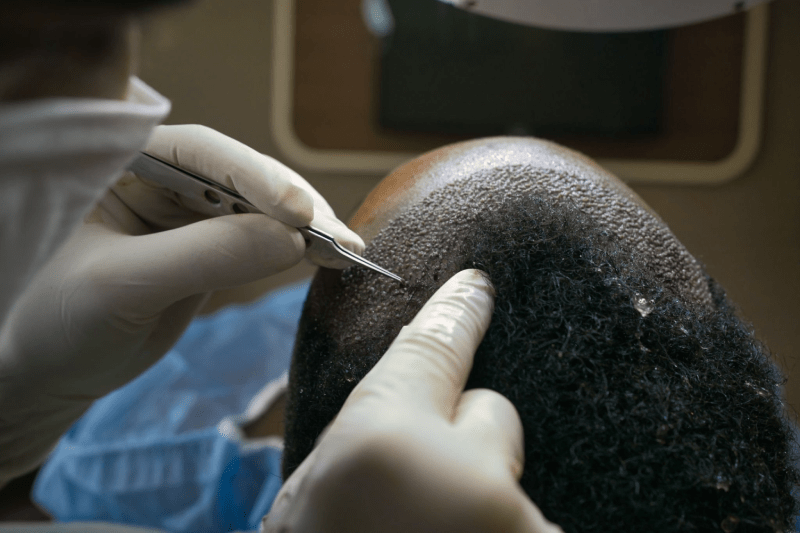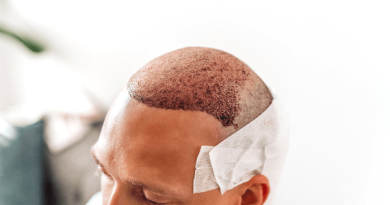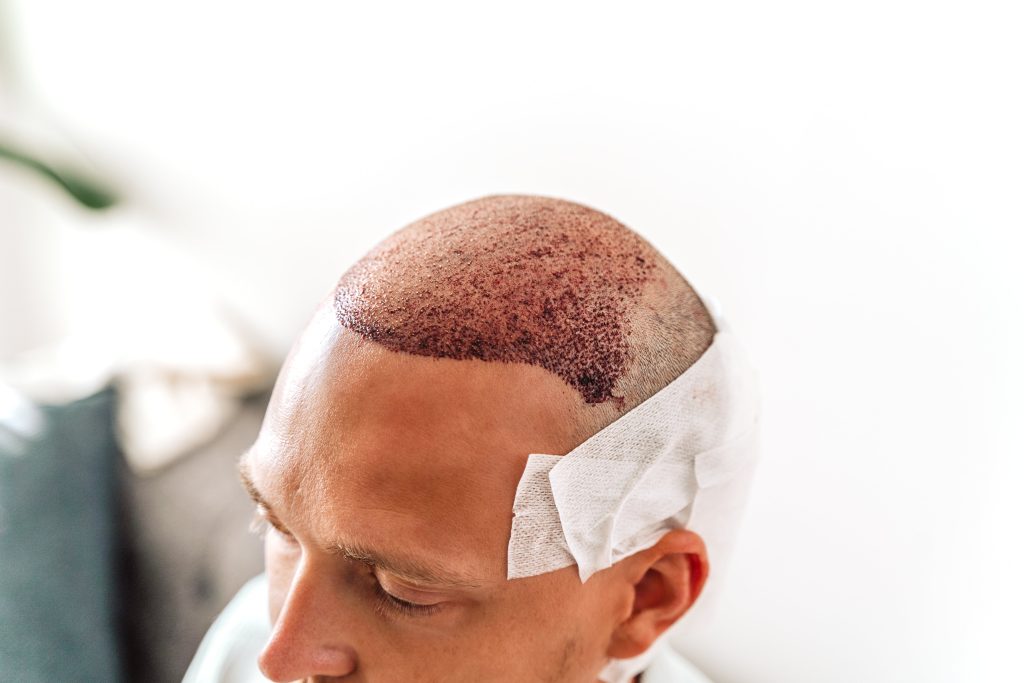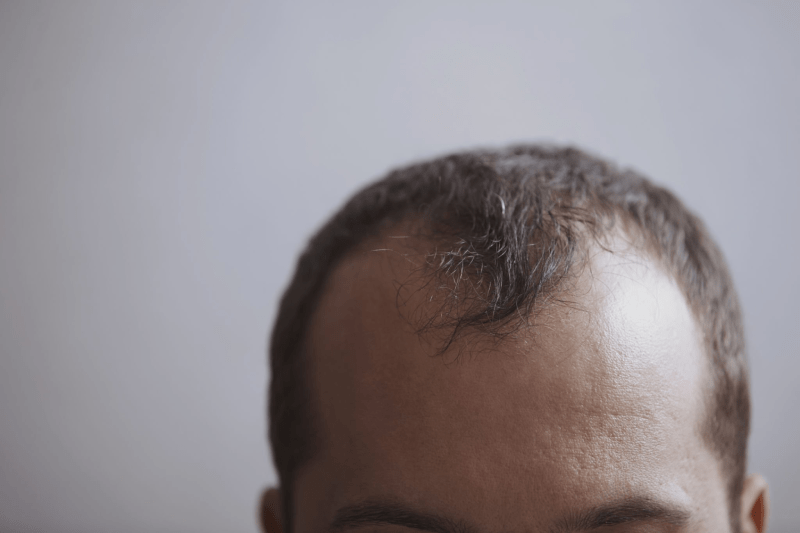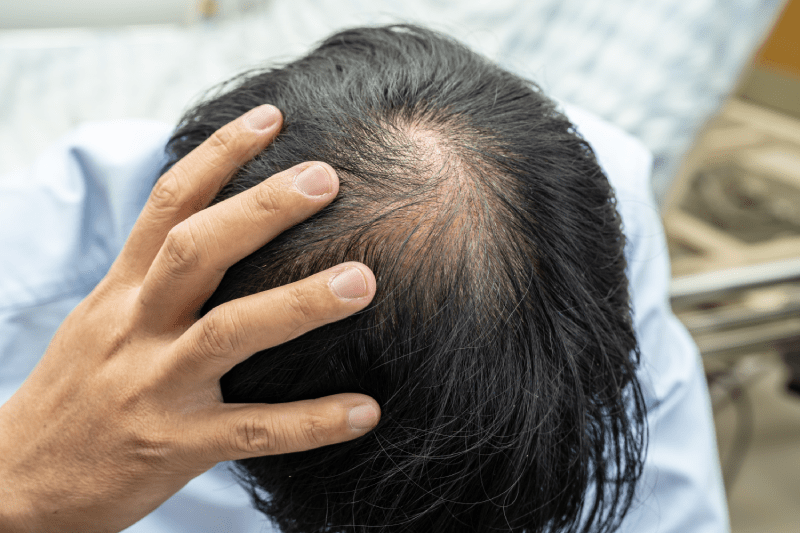Woman Hair Transplant in Turkey Guide

Introduction
Hair loss is an issue that affects millions of women worldwide, and it can be a source of distress and self-consciousness. Hair transplant surgery has become an increasingly popular solution for women seeking to regain their confidence and restore their hair. Turkey, in particular, has emerged as a leading destination for hair transplant procedures. This article will discuss the reasons for hair loss in women, the different hair transplant techniques available, and the benefits of choosing Turkey for your procedure.
Reasons for Hair Loss in Women
Genetics
Genetic predisposition is a common cause of hair loss in women. Female pattern baldness, also known as androgenetic alopecia, is characterized by thinning hair and a widening part.
Hormonal Imbalance
Hormonal imbalances, particularly during menopause or after pregnancy, can lead to hair loss in women. Fluctuating hormone levels can cause temporary or permanent hair loss.
Nutritional Deficiencies
A diet lacking in essential nutrients can contribute to hair loss. Deficiencies in iron, zinc, and vitamin D are particularly common culprits.
Stress
High levels of stress can trigger hair loss in women. This type of hair loss, known as telogen effluvium, is often temporary and resolves once the stressor is removed.
Hair Transplant Techniques
Follicular Unit Transplant (FUT)
FUT, also known as the strip method, involves removing a strip of scalp containing hair follicles from the back of the head. The strip is then dissected into individual follicular units, which are implanted in the recipient area.
Follicular Unit Extraction (FUE)
FUE is a more advanced technique that involves harvesting individual hair follicles from the donor area and implanting them in the recipient area. This method leaves minimal scarring and has a shorter recovery time compared to FUT.
Comparing FUT and FUE
While both FUT and FUE are effective hair transplant techniques, FUE is generally preferred due to its minimally invasive nature, reduced scarring, and faster recovery. However, FUT may be more suitable for women with extensive hair loss or those who prefer to wear their hair longer, as it allows for a larger number of grafts to be transplanted in a single session.
Benefits of Women Hair Transplant in Turkey
Expertise and Experience
Turkey has become a hub for hair transplant surgery due to its highly skilled and experienced surgeons. Many Turkish clinics specialize in hair restoration, ensuring that you receive the best possible care from professionals who are well-versed in the latest techniques and advancements.
Cost-Effectiveness
Hair transplant procedures in Turkey are often more affordable compared to other countries without compromising quality. The lower cost of living and favorable exchange rates contribute to the competitive pricing, making it an attractive option for patients seeking high-quality treatment at a reasonable price.
State-of-the-Art Technology
Turkish hair transplant clinics are equipped with state-of-the-art technology, ensuring that you receive the most advanced and effective treatment available. Clinics utilize cutting-edge equipment and adhere to international standards for safety and hygiene.
Preparing for Your Woman Hair Transplant
Choosing the Right Clinic
Research is crucial when selecting a hair transplant clinic in Turkey. Look for clinics with positive reviews, a strong track record, and board-certified surgeons. Additionally, consider the clinic’s location, accessibility, and the availability of aftercare services.
Initial Consultation
During your initial consultation, your surgeon will assess your hair loss, discuss your goals and expectations, and determine the best course of action. This is an excellent opportunity to ask questions, address any concerns, and gain a clear understanding of the procedure.
Preoperative Instructions
Your surgeon will provide you with preoperative instructions to ensure a successful procedure and smooth recovery. These may include stopping certain medications, avoiding alcohol and tobacco, and arranging for transportation and aftercare assistance.
The Hair Transplant Procedure
Anesthesia
Hair transplant procedures are typically performed under local anesthesia with sedation, ensuring that you are comfortable and pain-free throughout the surgery.
Harvesting Hair Follicles
The surgeon will harvest hair follicles from the donor area using either the FUT or FUE technique, depending on the agreed-upon method during your consultation.
Implantation
The harvested follicles are then implanted into the recipient area, following a precise pattern to achieve a natural and aesthetically pleasing result.
Postoperative Care and Recovery
Immediately After Surgery
After the procedure, your surgeon will provide you with postoperative instructions and medications to manage pain and prevent infection. It is essential to follow these instructions carefully to ensure a successful outcome and minimize the risk of complications.
Long-term Recovery and Results
The transplanted hair may initially shed before new growth begins, which is a normal part of the process. It typically takes 6-12 months to see the full results of the transplant. With proper care and maintenance, the results can be long-lasting and natural-looking.
Potential Risks and Complications
As with any surgical procedure, hair transplant surgery carries some risks, including infection, scarring, and anesthesia-related complications. However, these risks can be minimized by choosing a reputable clinic and following your surgeon’s instructions.
Conclusion
Turkey offers exceptional expertise, advanced technology, and cost-effective options for women seeking hair transplant surgery. By understanding the causes of hair loss, the different techniques available, and the benefits of choosing Turkey for your procedure, you can make an informed decision and take the first step towards restoring your hair and confidence.
Woman Hair Transplant Frequently Asked Questions (FAQs)
1. How do I know if I am a suitable candidate for a hair transplant?
A thorough consultation with a qualified hair transplant surgeon is the best way to determine if you are a suitable candidate for the procedure. Factors such as the cause of your hair loss, the availability of donor hair, and your overall health will be taken into consideration.
2. How long does the hair transplant procedure take?
The duration of the procedure depends on the technique used and the number of grafts being transplanted. Typically, a hair transplant can take anywhere from 4 to 8 hours.
3. Is the hair transplant procedure painful?
Hair transplant surgery is usually performed under local anesthesia with sedation, ensuring that you are comfortable and pain-free throughout the procedure. After the surgery, any discomfort can be managed with pain medication prescribed by your surgeon.
4. When can I return to work after a hair transplant?
The recovery time varies depending on the technique used and the individual patient. However, most patients can return to work within 1-2 weeks after the procedure. It is essential to follow your surgeon’s postoperative instructions to ensure a smooth recovery.
5. Will the results of my hair transplant look natural?
A skilled hair transplant surgeon will use their expertise to create a natural-looking hairline and hair distribution. It may take 6-12 months to see the full results, but with proper care and maintenance, your transplanted hair should blend seamlessly with your existing hair.
As Curebooking, we work with the best hair transplant clinics in Turkey that are experts in their fields. We prefer the places where the hair transplantation process is performed by the doctor, not the assistant. If you are interested in the hair transplant process, you can contact us for free consultation.
